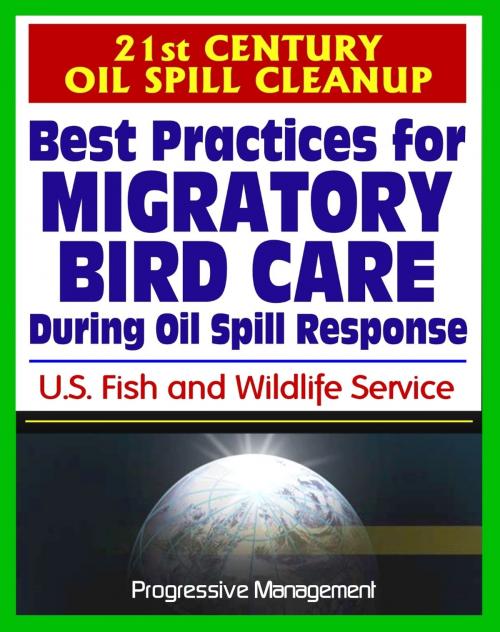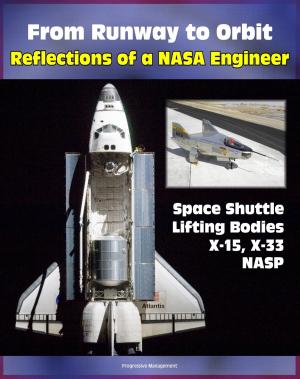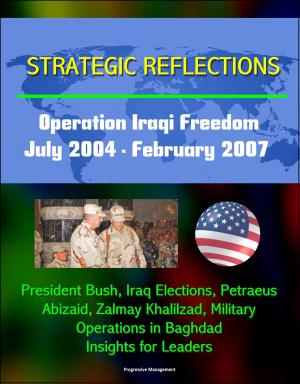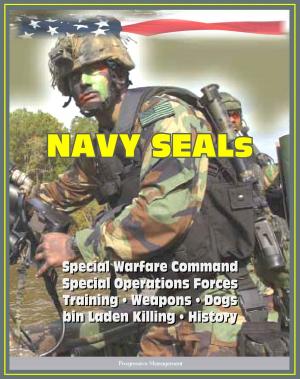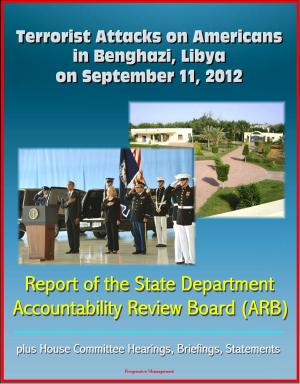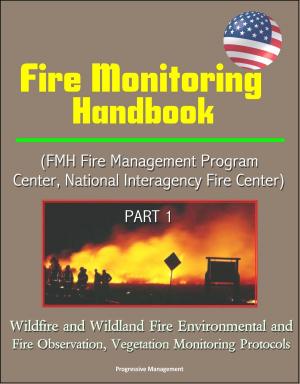21st Century Oil Spill Cleanup: Best Practices for Migratory Bird Care During Oil Spill Response
Nonfiction, Science & Nature, Science, Biological Sciences, Ecology| Author: | Progressive Management | ISBN: | 9781458043955 |
| Publisher: | Progressive Management | Publication: | January 14, 2011 |
| Imprint: | Smashwords Edition | Language: | English |
| Author: | Progressive Management |
| ISBN: | 9781458043955 |
| Publisher: | Progressive Management |
| Publication: | January 14, 2011 |
| Imprint: | Smashwords Edition |
| Language: | English |
Best Practices for Migratory Bird Care During Oil Spill Response, produced by the U.S. Fish and Wildlife Service, includes coverage of Responsibility & Organization, Safety and Human Health, Training for Bird Rescue/Rehabilitation Personnel, Personal Protective Equipment, Personal Safety When Handling Birds, Zoonosis, Hazardous Substances, Volunteers, Deterrence, Aerial and Ground Surveys, Deterrence Program Considerations, Pre-emptive Capture, Capture, Handling, and Transport, Capture, Bird Handling, Bird Transport, Stabilization and Rehabilitation, Evaluation and Admission, Euthanasia, Necropsy, Cleaning, Husbandry, Facility Requirements, Release, Release Criteria, Post-Release Monitoring, Records, Scientific Records, Administrative Records, Sample Supply and Materials List, Zoonotic Diseases of Wild Birds, Deterrent Techniques, Bird Natural History and Special Concerns, Euthanasia Guidelines, Sample Forms and Formats. The document states: Best Practices for Migratory Bird Care During Oil Spill Response (Best Practices) is the result of a Fish and Wildlife Countermeasures Coordination Project undertaken by the U.S. Fish and Wildlife Service (USFWS). The goals of the project include the development of national best practices using established protocols for keeping unoiled birds away from an oil spill and for dealing with oiled birds. Establishing a standardized approach helps protect wildlife resources, enables On-Scene Coordinators (OSCs) to focus on other aspects of spill response, and helps instill public confidence in overall response activities. A group comprised of natural resource management agencies, rehabilitators, veterinarians, and industry representatives developed this document at a 3-day workshop held in Anchorage, Alaska. This workshop was a followup to the March 2000, Wildlife Countermeasures Session on the Effects of Oil on Wildlife Conference held in Myrtle Beach, South Carolina. It is to serve as guidance for acquiring the best achievable care for birds during an oil spill response. Deterrence: Following an oil spill, it may be necessary to initiate a deterrence program that disperses and excludes unoiled birds from contaminated areas to reduce bird mortality. If warranted, deterrence activities are initiated as soon as possible following an oil spill to prevent birds from establishing or continuing regular use patterns within a contaminated area. Any delays may decrease the effectiveness of the program in reducing the overall numbers of oiled birds. Deterrent devices used to disperse birds include both visual and auditory techniques, using both simple and sophisticated devices in order to respond to the unique habits of different bird species, surrounding environments, and the spill situations. Information necessary to help determine whether or not to begin a deterrence program includes, but is not limited to: spill location, species present, species type, time of year, availability of nearby uncontaminated habitat, and location of species in relation to the spill. All deterrence activities require authorization from appropriate natural resource management agencies and oversight by the designated USFWS representative. Only those persons trained and certified in bird deterrence techniques will be allowed to conduct these activities. Deterrence activities must be authorized and coordinated within the Incident Command System. A communication line will need to be established between deterrence personnel and Air Operations to avoid potential bird/aircraft collisions. Aerial and Ground Surveys - Reconnaissance surveys for resources-at-risk are conducted as soon as practical following the spill. The main objective of these surveys is to evaluate the number, species and locations of birds that could be impacted by the oil spill.
Best Practices for Migratory Bird Care During Oil Spill Response, produced by the U.S. Fish and Wildlife Service, includes coverage of Responsibility & Organization, Safety and Human Health, Training for Bird Rescue/Rehabilitation Personnel, Personal Protective Equipment, Personal Safety When Handling Birds, Zoonosis, Hazardous Substances, Volunteers, Deterrence, Aerial and Ground Surveys, Deterrence Program Considerations, Pre-emptive Capture, Capture, Handling, and Transport, Capture, Bird Handling, Bird Transport, Stabilization and Rehabilitation, Evaluation and Admission, Euthanasia, Necropsy, Cleaning, Husbandry, Facility Requirements, Release, Release Criteria, Post-Release Monitoring, Records, Scientific Records, Administrative Records, Sample Supply and Materials List, Zoonotic Diseases of Wild Birds, Deterrent Techniques, Bird Natural History and Special Concerns, Euthanasia Guidelines, Sample Forms and Formats. The document states: Best Practices for Migratory Bird Care During Oil Spill Response (Best Practices) is the result of a Fish and Wildlife Countermeasures Coordination Project undertaken by the U.S. Fish and Wildlife Service (USFWS). The goals of the project include the development of national best practices using established protocols for keeping unoiled birds away from an oil spill and for dealing with oiled birds. Establishing a standardized approach helps protect wildlife resources, enables On-Scene Coordinators (OSCs) to focus on other aspects of spill response, and helps instill public confidence in overall response activities. A group comprised of natural resource management agencies, rehabilitators, veterinarians, and industry representatives developed this document at a 3-day workshop held in Anchorage, Alaska. This workshop was a followup to the March 2000, Wildlife Countermeasures Session on the Effects of Oil on Wildlife Conference held in Myrtle Beach, South Carolina. It is to serve as guidance for acquiring the best achievable care for birds during an oil spill response. Deterrence: Following an oil spill, it may be necessary to initiate a deterrence program that disperses and excludes unoiled birds from contaminated areas to reduce bird mortality. If warranted, deterrence activities are initiated as soon as possible following an oil spill to prevent birds from establishing or continuing regular use patterns within a contaminated area. Any delays may decrease the effectiveness of the program in reducing the overall numbers of oiled birds. Deterrent devices used to disperse birds include both visual and auditory techniques, using both simple and sophisticated devices in order to respond to the unique habits of different bird species, surrounding environments, and the spill situations. Information necessary to help determine whether or not to begin a deterrence program includes, but is not limited to: spill location, species present, species type, time of year, availability of nearby uncontaminated habitat, and location of species in relation to the spill. All deterrence activities require authorization from appropriate natural resource management agencies and oversight by the designated USFWS representative. Only those persons trained and certified in bird deterrence techniques will be allowed to conduct these activities. Deterrence activities must be authorized and coordinated within the Incident Command System. A communication line will need to be established between deterrence personnel and Air Operations to avoid potential bird/aircraft collisions. Aerial and Ground Surveys - Reconnaissance surveys for resources-at-risk are conducted as soon as practical following the spill. The main objective of these surveys is to evaluate the number, species and locations of birds that could be impacted by the oil spill.
